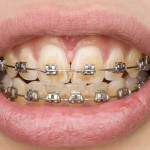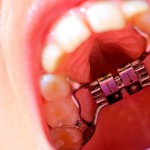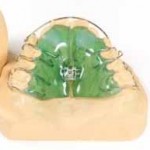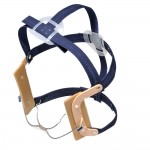
This review evaluating the evidence to support the possibility that orthodontic tooth movements could induce pulp necrosis included 12 studies. While the findings indicate there is evidence that these treatments do not induce pulp necrosis it has low to very low quality.
[read the full story...]


